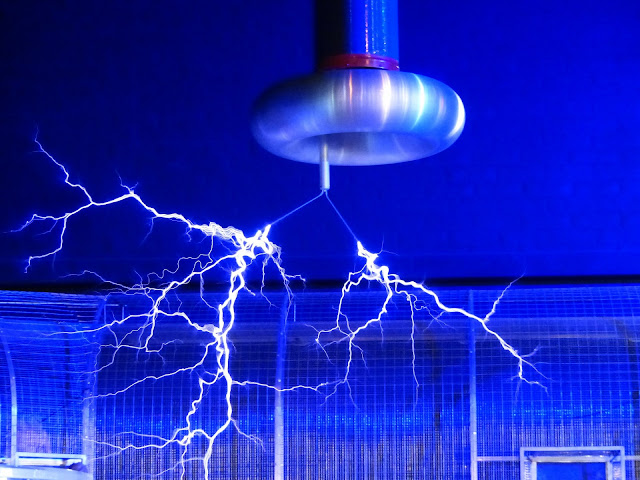GSM/GPRS Module
For long range, remote duplex information correspondence, General Packet Radio Service (GPRS) correspondence is reasonable possibility to execute the assignment. The information bundle will send over GPRS and transferred into information stockpiling cloud. A quad-band 850/900/1800/1900 MHz GSM module is played out the information transmitter. The GSM module implanted with TCP stack which permits information transfer into a web server. With existing telco arrange benefit on wide spreading the system zones and satellite correspondence, the information could be sent and got the most area on the globe.Temperature and humidity sensor
DHT11 is a negligible exertion temperature and dampness sensor that contains an adjusted propelled hail yield for temperature and wetness. The sensor has ±5% accuracy for 20-80% sogginess range and ±2ºC precision for temperature from 0-50ºC. 5 VDC required working this sensor.Analog Voltage Divider
The Analog Voltage Divider V2 ready to perceive voltage from 0.0245V to 25V. The module talks with the microcontroller by methods for ADC channel, which serves 10-bit ADC. The sensor relies on upon the possibility of voltage divider, which the think voltage is scale diminished by five times, changed over into electronic examining, extend more than 1024 (10-bit) and times with most extraordinary 25V as perform in conditionTo begin with, the GSM/GPRS module will attempt to develop the relationship with GPRS arrange. Once GPRS affiliation is set up, the GSM/GPRS module will affirm the developed relationship by tolerating the framework information of the banner quality and framework selection through the UI window. By then, consistent clock (RTC) module is gotten to through I2C interface to get the present time. The SD card is gotten to by methods for SPI interface and another CSV spreadsheet archive is made. In the event that the record presently exists, the data inside the report will be overwritten.
Each of the five sensors started taking estimation on the parameter; temperature and stickiness watched equipment voltage and current and the wonder contraption voltage and current. The recorded estimations are saved in the CSV report close by date and time stamp. The recorded estimation will be sent over GPRS relationship with the remote checking database. In case the data sending crash and burn, the microcontroller will retransmit the data to the remote watching server. The remote watching database server will have gotten the procured data and demonstrate these data in like the way in perspective of the parameter consigned. The site is open gotten to, however, the data from the remote watching database can be gotten to by the affirmed customer in a manner of speaking.









